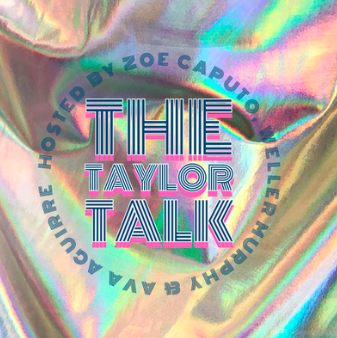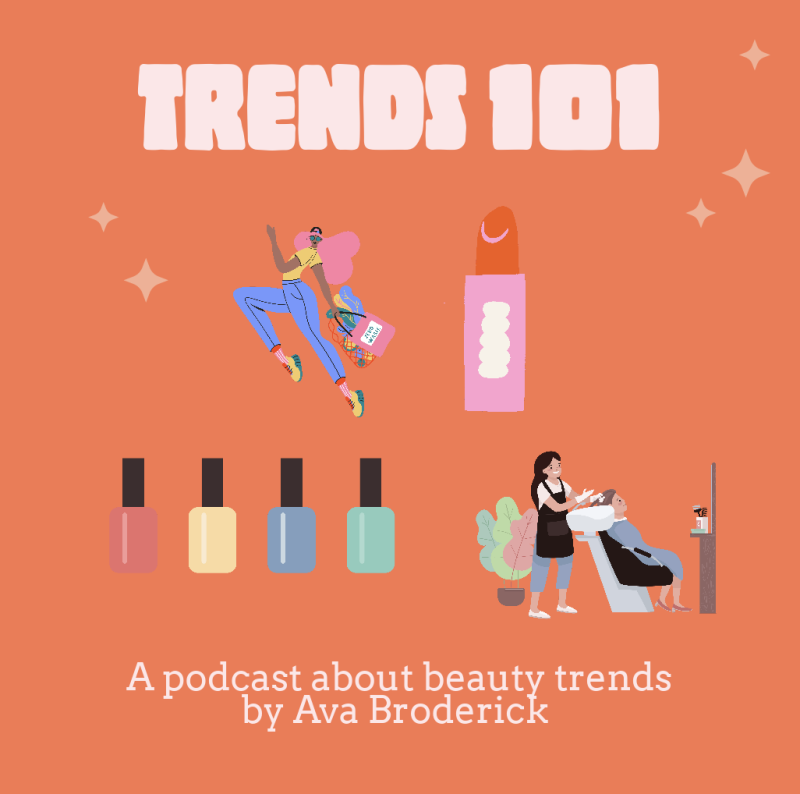Gap ad creates controversy
April 21, 2016
In a Gap Kid’s advertisement, a taller white girl rests her arm on a shorter, black girl’s head. This photograph spiraled into the eye of the public and elicited a controversial conversation.
It provoked massive outrage on Twitter, as users accused Gap of “passive racism,” due to the ad’s “insinuation of subordination” as described by columnist Alex Purcell of the Shorthorn staff.
The ad features four girls from Le Petit Crique, a children’s performing company. In addition to the advertisement, Ellen DeGeneres joined the girls in a video that promoted the clothing line as part of DeGeneres’s campaign to empower young girls.
Yet, the black girl had no speaking role, and multiple critiques of the advertisement identify her sullen facial expression as further evidence of passive racism in society. In this case, it served as a microcosm of society’s belittlement of women of color.
Amid society’s debate over this advertisement, actress Brooke Smith said that she was the biological mother of Fanny Grace Lubensky, and the adoptive mother of Lucy Dinkesh Lubensky; these sisters are pictured in the advertisement as the two middle girls.
The founder of Le Petit Crique said that the video reflected Lucy’s reserved personality. However, the controversy continued to fuel society’s anger that prompted Gap to release a public apology. Nonetheless, the ad remains posted on Twitter.
Critics take note of the advertisement’s racial undertones that attest to the larger issue of racial disunion that still penetrates society today. On the other hand, the argument of those who disagree proclaim oversensitivity in response to a harmless advertisement.
The overwhelming debate is complicated by the fact that an earlier Gap Kid’s advertisement features a similar group pose: a black girl rests her arm on the head of a shorter white girl.
All of these talented young ladies deserve acclaim that is unimpeded by conflict. This troupe has completed humanitarian work in addition to being voices of gender empowerment, and their success should not be diminished by this debate.
This issue of racial sensitivity, however, is a conversation that needs to take place. While some viewers of the advertisement argue that people of color must not cry racism in the face of an overlooked photograph detail, the reality of the context of this advertisement cannot be passively dismissed as an overreaction.
Huffington Post points out that media has the power to shape viewers’ streams of conscious and unconscious thought. In the “context” of this advertisement, which portrays a black girl as inferior, the idea of belittlement cannot be refuted as an unconscious message. In this nation’s capitalist system, the very idea of belittlement is sold through this image. While this pose demonstrates benign intentions, the reality of its unconscious, “passive” racism speaks to the nation’s larger exposition of racial disunion.
As Gap has met to discuss this error, and certainly many other companies who fear similar public relations backlash have met to prevent this controversy from occurring in their businesses as well, they should all consider the media’s current representation, or lackthereof, of people of color.
The nation’s racial exposition comes alive in hues and tones of history, dreams, and ambitions. In the pursuit of union with one another, a crucial step is for the media to truly represent the unique collage of who America truly is in its everyday depictions of an equal society.











